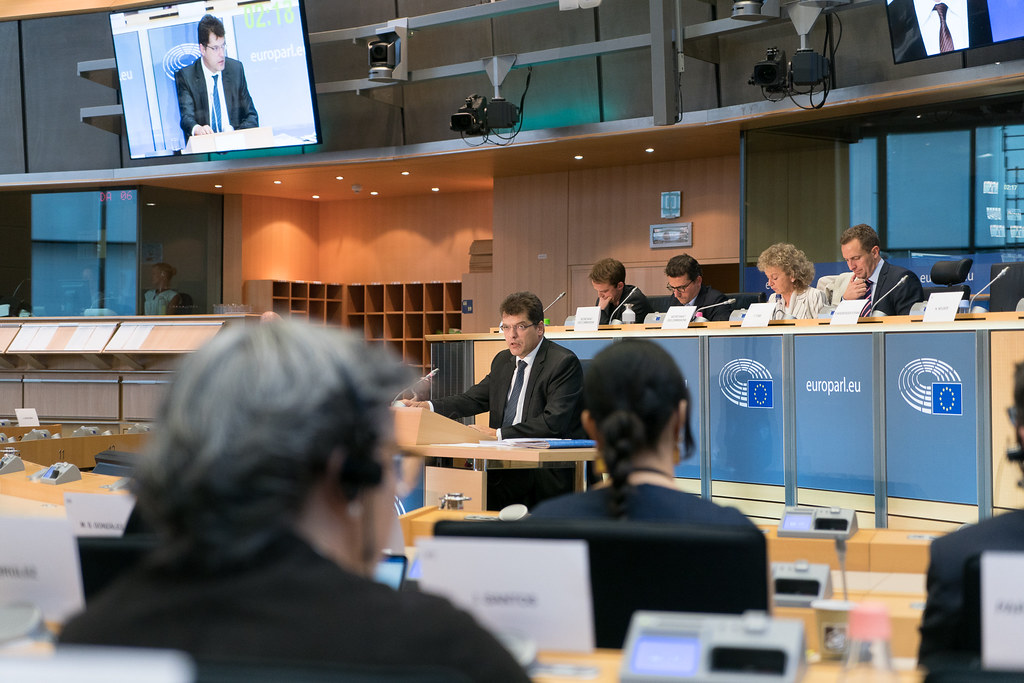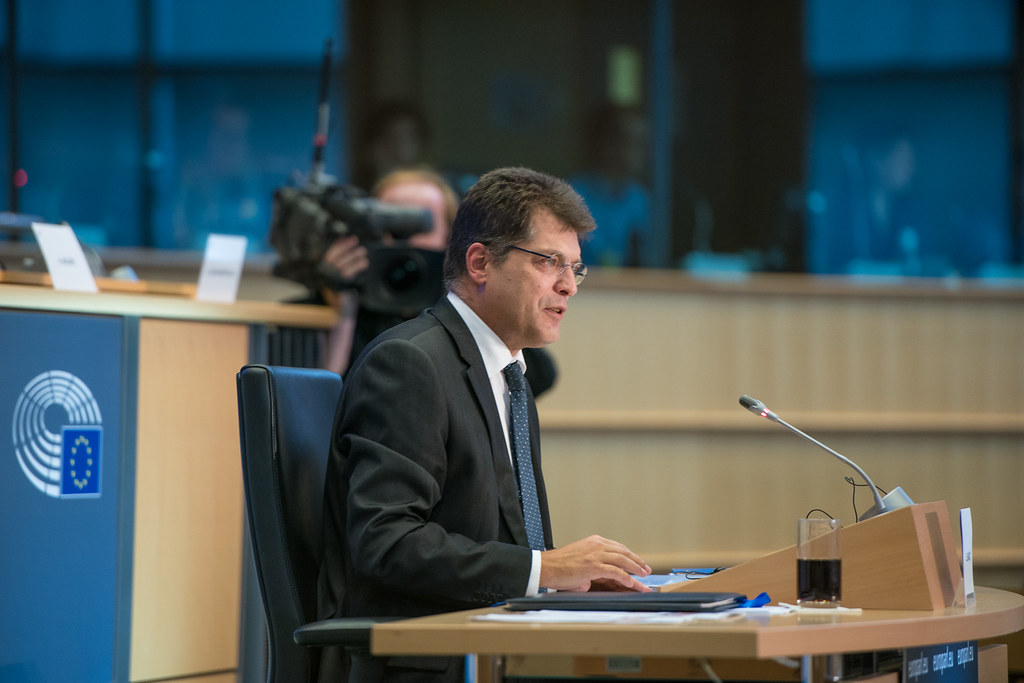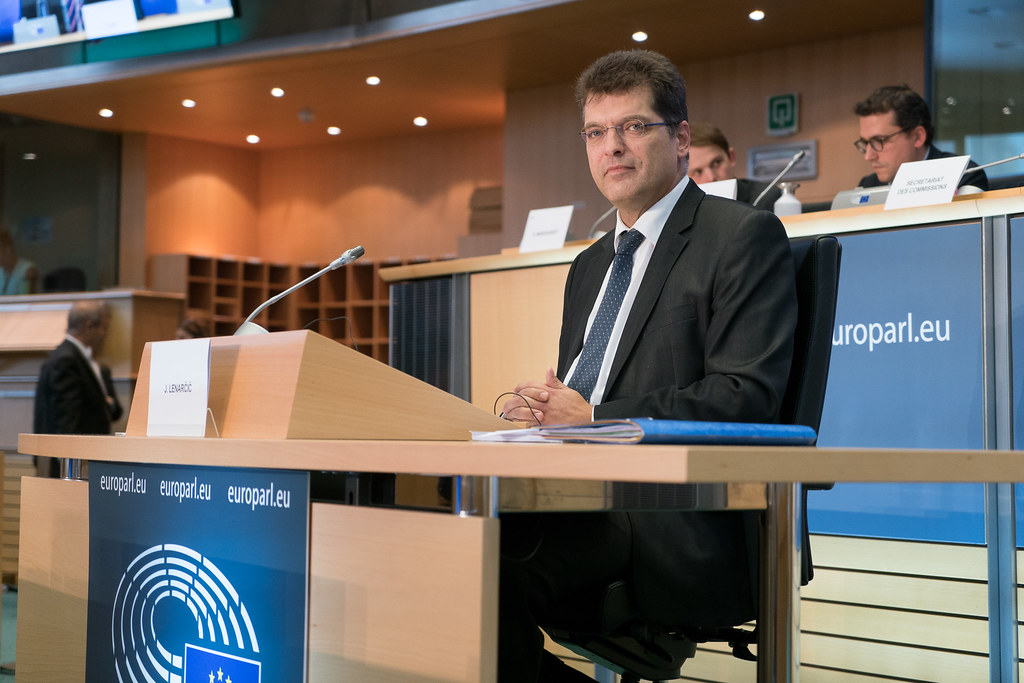
In today’s hyper-connected world, where news travels at the speed of light and social media amplifies every ripple, a public relations crisis isn’t a matter of ‘if,’ but ‘when.’ Any organization, regardless of its size or industry niche, faces the unpredictable threat of incidents that can damage its reputation in mere minutes. From data breaches and product recalls to employee misconduct or a social media post gone awry, the landscape of potential pitfalls is vast and ever-evolving.
Yet, this isn’t a reason for despair; it’s a call for strategic action. The crucial differentiator between a brand that bounces back stronger and one that suffers lasting damage lies not in avoiding crises altogether, but in how effectively it prepares for, navigates, and recovers from them. This guide offers a deep dive into the ‘simple secrets’ employed by top public relations teams, transforming potential disasters into opportunities to demonstrate integrity and competence. It’s a roadmap for maintaining stakeholder trust and minimizing long-term reputational impact.
Effective crisis management is a systematic approach, a blend of foresight, rapid response, and genuine accountability. It demands a clear roadmap, a documented strategy that outlines precisely how your organization will respond when reputation is on the line. By understanding these key steps and integrating them into your operational DNA, you empower your team to act quickly, consistently, and decisively. Let’s explore the initial phase of this critical journey, focusing on proactive preparation and the foundational elements of a swift, intelligent response.

1. **Conduct a Comprehensive Risk Assessment**The adage from Benjamin Franklin, “By failing to prepare, you are preparing to fail,” resonates profoundly in the realm of crisis management. Before any crisis strikes, the most formidable defense is a thorough and honest assessment of your vulnerabilities. This involves systematically identifying every conceivable threat that could potentially impact your business, spanning both internal operational issues and external environmental factors.
To execute this effectively, organizations should conduct a robust SWOT analysis – examining their Strengths, Weaknesses, Opportunities, and Threats. This isn’t just an academic exercise; it’s about pinpointing specific potential weaknesses such as controversial products or services in sensitive sectors, questionable internal practices like data management or working conditions, dependencies on single suppliers that could lead to supply chain disruptions, or even a history of past PR incidents that might re-emerge. Understanding these vulnerabilities allows for a proactive rather than reactive stance.
Ultimately, the goal of this detailed risk assessment is to enable the preparation of coherent, well-adapted messaging for various crisis scenarios. By anticipating potential crises, an organization can develop predefined response scenarios and key messages that are ready to deploy. This foresight doesn’t merely save a brand’s reputation; it can significantly protect its bottom line and ensure that resources are allocated efficiently when the unexpected inevitably occurs.
Read more about: The 11 Safest Car Seats of 2025: An In-Depth Guide for Parents on Crash Protection and Ease of Use

2. **Establish a Dedicated Crisis Management Team**A crisis demands a coordinated and expert response, and at the heart of such a response lies a specialized team. Establishing a dedicated crisis management team is not just an organizational formality; it is a critical step to ensure swift, informed action during critical times. This team should comprise individuals with the necessary expertise and knowledge across various organizational functions, equipped to make correct decisions under intense pressure.
Effective crisis management plans explicitly outline who does what, how they do it, and when. This includes designating specific roles and responsibilities within the crisis team, ensuring clarity and accountability. From the lead spokesperson to legal counsel, communications strategists, and operational leads, each member must understand their contribution to the collective effort. This clarity prevents confusion and streamlines decision-making when every second counts.
This core team becomes the nerve center during a crisis, responsible for considering all dimensions of the situation, from internal employee morale to external public perception and legal implications. Their collective wisdom and predefined roles are a cornerstone of maintaining control over communication and operational responses, serving as a unified front against the chaos a crisis can unleash.
Read more about: 12 Simple Ways Famous Actors Master Social Media to Control Their Narrative

3. **Develop Pre-Approved Communication Protocols and Templates**In the maelstrom of a crisis, speed and consistency in communication are non-negotiable. Developing pre-approved message templates and clear communication protocols is paramount to achieving both. These foundational elements ensure that an organization can respond quickly and decisively, which is often a critical factor determining the trajectory of public sentiment.
Effective crisis management plans include ‘Pre-approved message templates’ that can be quickly adapted to fit various crisis scenarios. These templates act as a starting point, containing core messages, empathetic language, and calls to action that align with the organization’s values. Having these prepared in advance significantly reduces the time lag between a crisis hitting and a formal statement being issued, preventing speculation and misinformation from taking root.
Beyond templates, ‘Communication channel guidelines’ establish clear guidelines for both internal and external communications. This ensures that messages are delivered consistently across all platforms, by all authorized personnel. Crafting potential statements in advance allows an organization to speak with a unified voice, proactively manage narratives, and maintain transparency, thereby fostering confidence both within and outside the organization and avoiding damaging contradictions.

4. **Train Designated Spokespersons and Conduct Crisis Simulations**Even the most meticulously crafted plan is only as strong as the people executing it. This is why the comprehensive training of designated spokespersons and regular crisis simulation exercises are indispensable. A spokesperson’s performance under pressure can either calm a storm or exacerbate it, making their preparation a critical investment in crisis readiness.
Designated spokespersons must be thoroughly trained for various crisis types, equipping them with the skills to navigate difficult interviews, respond to tough questions, and convey empathy and confidence. This specialized training from communication experts helps to reduce response times, avoid the spread of misinformation, and ensure that the organization’s message is delivered clearly and consistently. It’s about empowering leaders to be effective conduits of information, not just during calm, but especially during turbulence.
Regular crisis simulation exercises, ideally conducted at least twice yearly, are vital for ensuring that everyone on the crisis management team understands their role and can execute their responsibilities flawlessly in an actual event. These simulations expose potential weaknesses in the plan, allowing for refinements before real-world stakes are involved. By exposing teams to high-pressure scenarios, these exercises fortify an organization’s resilience, enabling it to not only withstand a crisis but to emerge stronger from it through collective learning and improved coordination.

5. **Track Brand Mentions and Sentiment in Real-Time**Modern PR crises rarely explode without warning; most show discernible warning signs before they escalate into full-blown emergencies. This makes continuous, real-time monitoring of brand mentions and overall sentiment an essential ‘simple secret’ for proactive crisis management. Such vigilance provides critical lead time, allowing organizations to prepare, react proactively, and potentially prevent social media crises from spiraling out of control.
Effective monitoring extends beyond merely looking for direct brand mentions, such as “Coca-Cola.” It encompasses tracking mentions of products, executives, specific marketing campaigns (e.g., “iPhone battery issues”), and crucially, overall sentiment and any sudden drops in positive sentiment. Furthermore, monitoring industry-specific keywords related to potential crisis situations, like “data breach” for tech companies, can flag broader trends that might affect your organization.
Modern social listening tools are indispensable here, enabling real-time detection of conversations across online and offline channels. By leveraging these technologies, organizations can set up alerts for concerning patterns or potential issues. This constant environmental scanning ensures that crisis indicators are identified as they happen, providing the necessary window to immediately move to the next step: determining the nature and severity of the potential crisis.
Read more about: Lost ’90s Legends: The Unforgettable Blueprints Only True Decade Veterans Remember
6. **Accurately Classify the Crisis Situation**Spotting a concerning pattern or a potential issue through real-time monitoring is the first step; the second, equally crucial step, is to accurately classify the situation. Not every negative comment or minor hiccup constitutes a full-blown PR crisis requiring the activation of emergency protocols. Discernment is key to avoiding both overreaction, which can unnecessarily alarm stakeholders, and underreaction, which can allow a genuine crisis to fester.
A true crisis situation goes beyond routine online reputation management issues. It typically involves specific indicators such as negative media coverage in major outlets, public callouts of executives or the brand by influential journalists or social media personalities, major product failures or safety concerns, significant data or security breaches, or incidents involving employee misconduct or ethical violations that contradict core brand values or mission. For instance, an unhappy customer complaining about Delta’s customer service can often be handled via routine customer support, whereas a widespread system outage demanding millions in compensation would trigger crisis protocols.
Accurate classification dictates the scope and urgency of the required response. It helps allocate appropriate resources, activates the correct protocols within the crisis management plan, and ensures that the level of organizational response is proportionate to the actual threat. This critical evaluation prevents both wasted effort on minor issues and, more importantly, ensures that genuine threats receive the immediate and comprehensive attention they demand.
Read more about: Urgent Safety Alert: Fisher-Price Snuga Swings Recalled Due to Deadly Suffocation Risk for Infants

7. **Assemble and Centralize the Crisis Response Team Swiftly**Once a situation has been accurately classified as a genuine crisis, the immediate priority shifts to rapid assembly and centralization of the crisis response team. Speed is of the essence; the clock starts ticking the moment a crisis is confirmed. The goal is to convene the core team and establish a command center as quickly as possible, ideally within 30-60 minutes, as stated in effective crisis management checklists.
This rapid assembly ensures that all key decision-makers and communicators are brought together to assess the situation, confirm facts, and begin formulating a unified response. Furthermore, establishing a “war room” with centralized communications is critical. This physical or virtual hub serves as the single source of truth, where information is shared, strategies are decided, and messages are drafted and approved. Centralization prevents fragmented efforts, avoids internal inconsistencies, and fosters a cohesive approach to the unfolding event.
This swift activation and coordinated effort by the crisis response team are cornerstones of effective crisis management. It allows for immediate strategic planning, ensuring that the organization can speak with one voice, manage information flow efficiently, and demonstrate a calm, controlled response to external stakeholders. Without this foundational step, even the best-laid plans can unravel under pressure.
Read more about: The Dragon’s Ascent: Unpacking China’s Modern Military and Expanding Global Reach by 2025

8. **Crafting the Initial Message: Holding Statements and Clarifications**With your crisis response team assembled and the situation accurately classified, the next pivotal step in navigating a crisis involves deciding on and drafting your initial communication. This isn’t merely about speaking; it’s about speaking strategically and quickly, acknowledging the situation without prematurely committing to details you may not yet fully grasp. The swiftness of this initial response can significantly shape public perception and prevent the proliferation of speculation and misinformation.
Effective crisis management plans typically include pre-approved message templates for various scenarios, which can be rapidly adapted. These templates serve as a vital starting point, embedding core messages, empathetic language, and calls to action consistent with your organization’s values. Whether it’s a holding statement to buy time, a clarification to correct misinformation, or a full statement detailing the issue and immediate steps, having these frameworks ready dramatically reduces the time between a crisis breaking and your organization’s voice being heard.
The goal is to respond quickly but smartly, demonstrating that your organization is aware and engaged. This proactive stance is crucial in controlling the narrative. For instance, Starbucks’ CEO publicly apologized and met with individuals after an incident, demonstrating immediate, action-driven leadership. Such a rapid, transparent, and action-oriented approach, even in its initial phases, lays a foundation of trust and accountability, proving that your organization is not shying away from its responsibilities but actively working towards a resolution.

9. **Securing Legal Approval and Ensuring Consistency**Once the initial message is drafted, a critical, non-negotiable step is obtaining legal approval for all external communications. This ensures that every statement issued by your organization not only conveys the intended message but also adheres strictly to legal parameters, preventing inadvertent admissions of liability or the release of sensitive information. In the high-stakes environment of a crisis, a single misstep in wording can have severe and lasting repercussions, underscoring the necessity of this legal vetting process.
Beyond legal scrutiny, maintaining a clear and consistent message across all communication channels is paramount. Incoherence or contradictions severely damage credibility, signaling disorganization or even deception. The context highlights examples like BP’s Deepwater Horizon response or Facebook’s Cambridge Analytica scandal, where initial denials or inconsistent messaging amplified public distrust and led to severe reputational damage.
To safeguard against such pitfalls, it’s essential to unify communication by sticking to one official message, repeated consistently, and designating a single spokesperson to represent the company. This approach ensures that all internal and external stakeholders receive the same, verified information, preventing confusion and proactively managing narratives. By controlling internal messaging and having clear communication channel guidelines, your organization demonstrates control and fosters confidence amidst turbulence.
Read more about: Mastering Your Auto Loan: Expert Strategies to Negotiate a Better Interest Rate and Save Thousands

10. **Strategic Dissemination Across All Channels**With a legally vetted and consistent message in hand, the next crucial step is to strategically publish your statement across all relevant communication channels. This isn’t a one-size-fits-all endeavor; it requires a nuanced understanding of where your stakeholders, including customers, employees, investors, and the general public, consume information. Publishing across multiple channels ensures maximum reach and prevents information silos, demonstrating a comprehensive and transparent approach to communication.
Consider organizing a press conference if the situation warrants, or preparing a detailed FAQ for journalists to ensure they receive accurate and pre-approved information. Maintaining an open line of communication with the media is vital to avoid misinformation, positioning your organization as a reliable source. For example, Delta maintained regular updates through multiple communication channels during its Flight 4819 incident, ensuring transparency and control over the narrative.
In the digital age, this extends to your official website, social media platforms, email newsletters, and internal communication channels. Each platform may require slight adaptations in tone or length, but the core message must remain identical. The aim is to proactively disseminate information, preempting rumors and ensuring that your organization’s voice is heard clearly and broadly, thereby demonstrating genuine commitment to transparency and accountability.
Read more about: Beyond the Morning Ritual: 12 Game-Changing Habits of Top Automotive CEOs Driving Industry Transformation

11. **Real-Time Monitoring of Public Reaction and Stakeholder Updates**Publishing your statement is not the end of the communication process; it marks the beginning of a crucial phase: real-time monitoring of public reaction and continuous internal and external stakeholder updates. After releasing your official communication, it’s imperative to track how your message is being received on various channels, identifying parts that people are questioning or criticizing. This vigilance helps gauge the effectiveness of your response and highlights areas where further clarification or action might be needed.
Specialized social listening tools become indispensable here, allowing you to track overall sentiment and sentiment changes in real-time. This helps detect if sentiment is improving or worsening and identifies who is amplifying the crisis—be it journalists, influencers, or angry customers with large followings. For instance, Chipotle’s social media team frequently posts updates when facing food safety issues, demonstrating active engagement and responsiveness.
Establishing a quick rhythm of updates, both to your crisis management team and to the public, is critical, especially during the initial stages. Organizations should consider hourly updates during the first day of a serious crisis. Moreover, making yourself easy to reach—keeping direct messages open on social media, having customer support briefed, and creating clear paths for questions—underscores accessibility and a commitment to dialogue, further reinforcing trust.
Read more about: 12 Simple Ways Famous Actors Master Social Media to Control Their Narrative

12. **Translating Words into Tangible Action**Words, however eloquent or empathetic, alone cannot resolve a crisis. The true measure of an organization’s crisis management prowess lies in its ability to translate promises into concrete actions that address the root cause of the problem. This is where many brands falter, making apologies without delivering meaningful change, which can erode trust faster than the initial crisis itself.
To be effective, your crisis response must include demonstrable steps. It’s not enough to simply state, “we’re working on it.” You must actively fix the underlying issue and, crucially, document and share evidence of the changes made, whether through screenshots, videos, or detailed process updates. Following through completely on promised steps—be it compensation, policy changes, or system upgrades—is paramount to rebuilding credibility.
Boeing’s approach during the 737 Max grounding and safety crisis serves as a powerful illustration. The company published a detailed, transparent timeline outlining incidents, ongoing investigations, and corrective actions, regularly updating it to keep stakeholders informed and demonstrate commitment. This proactive disclosure of actions, coupled with genuine empathy and accountability, is the bedrock of moving from crisis containment to sustainable recovery and reputation restoration.
Read more about: Unlocking Peak Performance: The 13 Essential Supplements Recommended by Top Sports Doctors for Athletes
13. **The Post-Crisis Debrief: Learning and Adaptation**As the immediate crisis subsides, the focus must shift to a comprehensive post-crisis evaluation—a critical step for continuous organizational improvement. Conducting an honest internal review of your crisis management process is paramount. This involves a thorough debrief with your crisis management team to review what worked, what didn’t, and to identify specific areas for refinement. What aspects of the plan were robust, and where were the unexpected vulnerabilities?
Based on these invaluable lessons, your crisis management plan, contact lists, response templates, and approval chains must be updated. This ensures that the organization is better prepared for any future upheavals, incorporating insights gained from real-world pressure. Reassessing the strategy and identifying why certain messages resonated or failed to resonate allows for crucial adjustments in communication approaches. This adaptive process transforms a challenging experience into a powerful learning opportunity, fortifying future responses.
Maintaining transparency with stakeholders continues into this phase. Publishing a comprehensive wrap-up statement or press release summarizing actions taken demonstrates accountability and a commitment to resolution. This consistent dialogue, coupled with internal support for your team, ensures that the organization not only recovers but actively builds resilience, positioning itself to emerge stronger and more capable from adversity.

14. **Building Long-Term Resilience and Reputation**The journey of crisis management extends far beyond the immediate aftermath; it is an ongoing commitment to building long-term resilience and fostering a trusted reputation. Implementing preventative measures to avoid similar crises is a non-negotiable outcome of the post-crisis review. This proactive approach means not just fixing the problem that caused the last crisis, but anticipating and mitigating potential future issues.
Maintaining ongoing communication with stakeholders is also essential. Highlight corrective actions taken to prevent future issues and reassure your audience that you are committed to their well-being and satisfaction. Rebuilding trust requires consistent effort and a focus on transparency, even when the spotlight has dimmed. For example, a positive PR campaign sharing success stories, community involvement, or other positive initiatives can help restore and enhance your brand’s image, as suggested in the context.
Ultimately, effective crisis management isn’t just about damage control; it’s about emerging stronger, with a reputation for authenticity and responsibility. This proactive planning, continuous refinement of strategies, and learning from each experience are key to fortifying your organization’s resilience. Embracing continuous learning allows organizations to turn potential disasters into opportunities for growth, demonstrating competence and integrity that resonates deeply with stakeholders, ensuring sustained trust and loyalty.
An ending paragraph of the article.
Read more about: Beyond the Hype: Unpacking the Revolutionary Spirit and Seismic Shifts of the 1960s – A Deep Dive into a Decade That Changed Everything
The journey through these “14 Simple Secrets” reveals a profound truth: crisis management isn’t a reactive scramble, but a deeply integrated organizational philosophy. From meticulous preparation and swift initial responses to transparent communication and rigorous post-crisis recovery, each step builds upon the last, fortifying an organization’s ability to withstand unforeseen challenges. The most successful teams don’t just weather the storm; they leverage it as an opportunity to demonstrate integrity, adapt, and ultimately, strengthen their bond with stakeholders. By embedding these practices into your operational DNA, you empower your brand to not only survive the unpredictable currents of public perception but to truly thrive, emerging more resilient and reputable than ever before.




